 W
WAfonso I, nicknamed the Conqueror, the Founder or the Great by the Portuguese, and El-Bortukali and Ibn-Arrink or Ibn Arrinq by the Moors whom he fought, was the first king of Portugal. He achieved the independence of the County of Portugal, establishing a new kingdom and doubling its area with the Reconquista, an objective that he pursued until his death.
 W
WAlfonso VII, called the Emperor, became the King of Galicia in 1111 and King of León and Castile in 1126. Alfonso, born Alfonso Raimúndez, first used the title Emperor of All Spain, alongside his mother Urraca, once she vested him with the direct rule of Toledo in 1116. Alfonso later held another investiture in 1135 in a grand ceremony reasserting his claims to the imperial title. He was the son of Urraca of León and Raymond of Burgundy, the first of the House of Ivrea to rule in the Iberian peninsula.
 W
WAmadeus III of Savoy was Count of Savoy and Maurienne from 1103 until his death. He was also known as a crusader.
 W
WArnout IV , Count of Aarschot, son of Arnout III, Count of Aarschot, and Beatrix of Looz, daughter of Arnold I, Count of Looz.
 W
WBaldwin III was King of Jerusalem from 1143 to 1163. He was the eldest son of Melisende and Fulk of Jerusalem. He became king while still a child, and was at first overshadowed by his mother Melisende, whom he eventually defeated in a civil war. During his reign Jerusalem became more closely allied with the Byzantine Empire, and the Second Crusade tried and failed to conquer Damascus. Baldwin captured the important Egyptian fortress of Ascalon, but also had to deal with the increasing power of Nur ad-Din in Syria. He died childless and was succeeded by his brother Amalric.
 W
WEverard des Barres was the third Grand Master of the Knights Templar from 1147 to 1151.
 W
WRamon Berenguer IV, sometimes called the Saint, was the count of Barcelona who brought about the union of the County of Barcelona with the Kingdom of Aragon to form the Crown of Aragon.
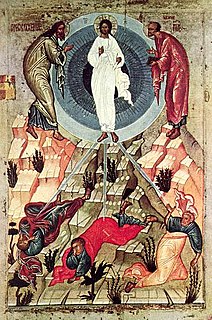 W
WBernard of Clairvaux, venerated as Saint Bernard, was a Burgundian abbot, and a major leader in the revitalization of Benedictine monasticism through the nascent Order of Cistercians.
 W
WConrad III of the Hohenstaufen dynasty was from 1116 to 1120 Duke of Franconia, from 1127 to 1135 anti-king of his predecessor King Lothair III and from 1138 until his death in 1152 King in the Holy Roman Empire. He was the son of Duke Frederick I of Swabia and Agnes, a daughter of the Salian Emperor Henry IV.
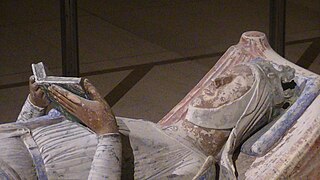 W
WEleanor of Aquitaine was queen consort of France (1137–1152) and England (1154–1189) and duchess of Aquitaine in her own right (1137–1204). As the heir of the House of Poitiers, rulers in southwestern France, she was one of the wealthiest and most powerful women in western Europe during the High Middle Ages. She was patron of literary figures such as Wace, Benoît de Sainte-Maure, and Bernart de Ventadorn. She led armies several times in her life and was a leader of the Second Crusade.
 W
WFrederick Barbarossa, also known as Frederick I, was the Holy Roman Emperor from 1155 until his death 35 years later. He was elected King of Germany at Frankfurt on 4 March 1152 and crowned in Aachen on 9 March 1152. He was crowned King of Italy on 24 April 1155 in Pavia and emperor by Pope Adrian IV on 18 June 1155 in Rome. Two years later, the term sacrum ("holy") first appeared in a document in connection with his empire. He was later formally crowned King of Burgundy, at Arles on 30 June 1178. He was named Barbarossa by the northern Italian cities which he attempted to rule: Barbarossa means "red beard" in Italian; in German, he was known as Kaiser Rotbart, which has the same meaning. The prevalence of the Italian nickname, even in later German usage, reflects the centrality of the Italian campaigns to his career.
 W
WGeoffrey V, called the Handsome, the Fair or Plantagenet, was the Count of Anjou, Touraine and Maine by inheritance from 1129, and also Duke of Normandy by conquest from 1144. His marriage to the Empress Matilda, daughter and heiress of Henry I of England, produced a son, Henry Curtmantle. Henry succeeded to the English throne as King Henry II (1154–1189) and was the first of the Plantagenet dynasty to rule England for centuries. The name "Plantagenet" was taken from Geoffrey's epithet. Geoffrey's ancestral domain of Anjou gave rise to the name Angevin, and what became known as the Angevin Empire in the 12th century.
 W
WHenry I, known as the Liberal, was count of Champagne from 1152 to 1181. He was the eldest son of Count Thibaut II of Champagne and his wife, Matilda of Carinthia.
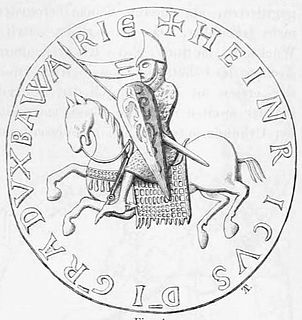 W
WHenry II, called Jasomirgott, a member of the House of Babenberg, was Count Palatine of the Rhine from 1140 to 1141, Duke of Bavaria and Margrave of Austria from 1141 to 1156, and the first Duke of Austria from 1156 until his death.
 W
WHermann III of Baden, nicknamed the Great, was Margrave of Verona and Baden.
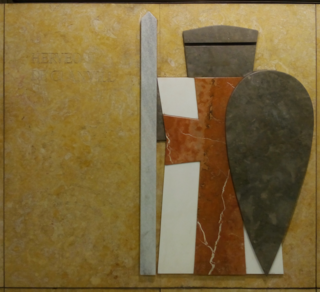 W
WHervey de Glanvill [Glanville] was an Anglo-Norman nobleman and military leader. He was a scion of a younger line of the Glanvill family, which had been established in East Anglia, especially Suffolk, since before 1086. He had several sons and daughters, the most prominent of which was Ranulf de Glanvill, who became justiciar of England.
 W
WJaufre Rudel was the Prince of Blaye and a troubadour of the early–mid 12th century, who probably died during the Second Crusade, in or after 1147. He is noted for developing the theme of "love from afar" in his songs.
 W
WJoscelin II of Edessa was the fourth and last ruling count of Edessa. He was son of his predecessor Joscelin I of Edessa and Beatrice, daughter of Constantine I of Armenia.
 W
WManuel I Komnenos, Latinized Comnenus, also called Porphyrogennetos, was a Byzantine Emperor of the 12th century who reigned over a crucial turning point in the history of Byzantium and the Mediterranean. His reign saw the last flowering of the Komnenian restoration, during which the Byzantine Empire had seen a resurgence of its military and economic power, and had enjoyed a cultural revival.
 W
WLouis VII, called the Younger or the Young, was King of the Franks from 1137 to 1180. He was the son and successor of King Louis VI and married Duchess Eleanor of Aquitaine, one of the wealthiest and most powerful women in western Europe. The marriage temporarily extended the Capetian lands to the Pyrenees, but was annulled in 1152 after no male heir was produced.
 W
WMarcabru is one of the earliest troubadours whose poems are known. There is no certain information about him; the two vidas attached to his poems tell different stories, and both are evidently built on hints in the poems; not on independent information.
 W
WMelisende was Queen of Jerusalem from 1131 to 1153, and regent for her son between 1153 and 1161 while he was on campaign. She was the eldest daughter of King Baldwin II of Jerusalem, and the Armenian princess Morphia of Melitene.
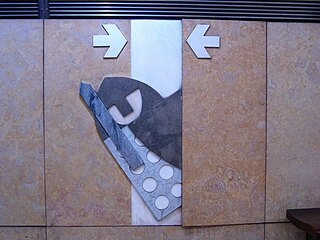 W
WMartim Moniz was a Portuguese knight of noble birth, and famous figure in the Siege of Lisbon in 1147.
 W
WWilliam II, Count of Nevers, was a crusader in the Crusade of 1101.
 W
WOtto of Freising was a German churchman and chronicler. He was Otto I Bishop of Freising as from 1138.
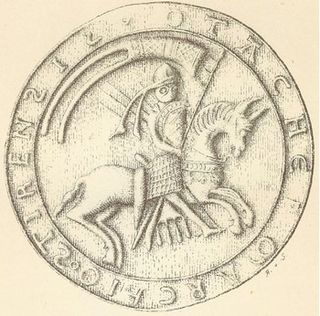 W
WOttokar III was Margrave of Styria from 1129 until 1164. He was the son of Leopold the Strong and Sophia of Bavaria, and father of Ottokar IV, the last of the dynasty of the Otakars. His wife was Kunigunde of Chamb-Vohburg.
 W
WPhilip of Milly, also known as Philip of Nablus, was a baron in the Kingdom of Jerusalem and the seventh Grand Master of the Knights Templar. He briefly employed the troubadour Peire Bremon lo Tort in the Holy Land.
 W
WRaymond II was count of Tripoli from 1137 to 1152. He succeeded his father, Pons, Count of Tripoli, who was killed during a campaign that a commander from Damascus launched against Tripoli. Raymond accused the local Christians of betraying his father and invaded their villages in the Mount Lebanon area. He also had many of them tortured and executed. Raymond was captured during an invasion by Imad ad-Din Zengi, atabeg of Mosul, who gained the two important castles of Montferrand and Rafaniya in exchange for his release in the summer of 1137.
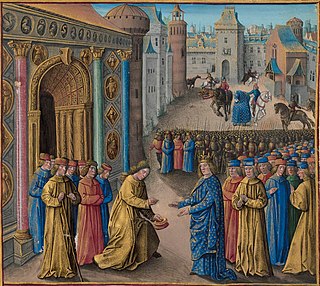 W
WRaymond of Poitiers was Prince of Antioch from 1136 to 1149. He was the younger son of William IX, Duke of Aquitaine and his wife Philippa, Countess of Toulouse, born in the very year that his father the Duke began his infamous liaison with Dangereuse de Chatelherault.
 W
WRaynald of Châtillon, also known as Reynald or Reginald of Châtillon, was Prince of Antioch from 1153 to 1160 or 1161, and Lord of Oultrejordain from 1175 until his death. He was born the second son of a French noble family. After losing a part of his patrimony, he joined the Second Crusade in 1147. He settled in the Kingdom of Jerusalem and served in the royal army as a mercenary.
 W
WRobert I of Dreux, nicknamed the Great, was the fifth son of Louis VI of France and Adélaide de Maurienne.
 W
WRobert de Craon or Robert Burgundio was the second Grand Master of the Knights Templar from June 1136 until his death. He was a member of the Craon family, son of Renaud le Bourguignon and Ennoguen de Vitré.
 W
WRoger II was King of Sicily and Africa, son of Roger I of Sicily and successor to his brother Simon. He began his rule as Count of Sicily in 1105, became Duke of Apulia and Calabria in 1127, then King of Sicily in 1130 and King of Africa in 1148. By the time of his death at the age of 58, Roger had succeeded in uniting all the Norman conquests in Italy into one kingdom with a strong centralized government.
 W
WStephen, often referred to as Stephen of Blois, was King of England from 22 December 1135 to his death. He was Count of Boulogne from 1125 until 1147 and Duke of Normandy from 1135 until 1144. His reign was marked by the Anarchy, a civil war with his cousin and rival, the Empress Matilda, whose son, Henry II, succeeded Stephen as the first of the Angevin kings of England.
 W
WTheoderic, commonly known as Thierry of Alsace, was the fifteenth count of Flanders from 1128 to 1168. With a record of four campaigns in the Levant and Africa, he had a rare and distinguished record of commitment to crusading.
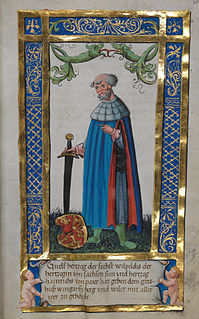 W
WWelf VI was the margrave of Tuscany (1152–1162) and duke of Spoleto (1152–1162), the third son of Henry IX, Duke of Bavaria, and a member of the illustrious family of the Welf.
 W
WWaleran de Beaumont, Count of Meulan, 1st Earl of Worcester, was the son of Robert de Beaumont, 1st Earl of Leicester and Elizabeth de Vermandois, and the twin brother of Robert de Beaumont, 2nd Earl of Leicester. He is not referred to by any surname in a contemporary document other than 'Waleran son of Count Robert'.